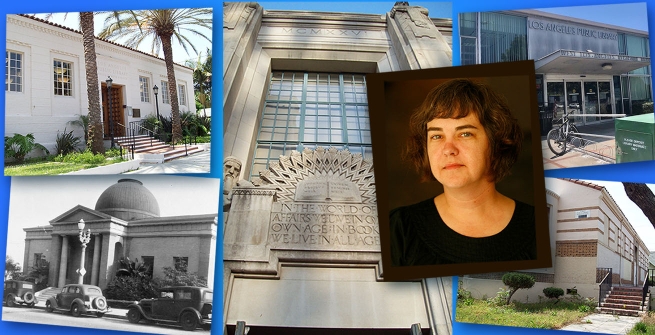Within the larger discipline of history, there is a field that has been gaining traction called public history. Public history can encompass an assortment of ventures, occupations, and activities related to history including archives, oral history, cultural resource management, writing/blogging, curating, film and television production, as well as tours, preservation, podcasts, and community activism, to name a few. These individuals are working to protect, preserve and promote our collective heritage and are making history accessible and interactive. For the public historian, history is a thriving and dynamic enterprise, and in a city like Los Angeles, these folks help to maintain the historic integrity of our city. This year, for Women’s History month, rather than profile a historical figure within L.A. history, I wanted to profile a contemporary woman who has been utilizing public history to promote a very important aspect of local history: the history of our libraries. And, as the Los Angeles Public Library celebrates its 150th year in operation, there could be no better time to speak with our own library historian, Tiffney Sanford. Tiffney is currently an Administrative Clerk for the Los Angeles Public Library and has been blogging about Los Angeles library history for a few years now. She has contributed to both The Los Angeles Public Library’s website and maintains her own blog and social media accounts where she documents her visits to libraries throughout California, explores the history of library branches and library systems, and profiles the individuals who shaped an integral part of California history.
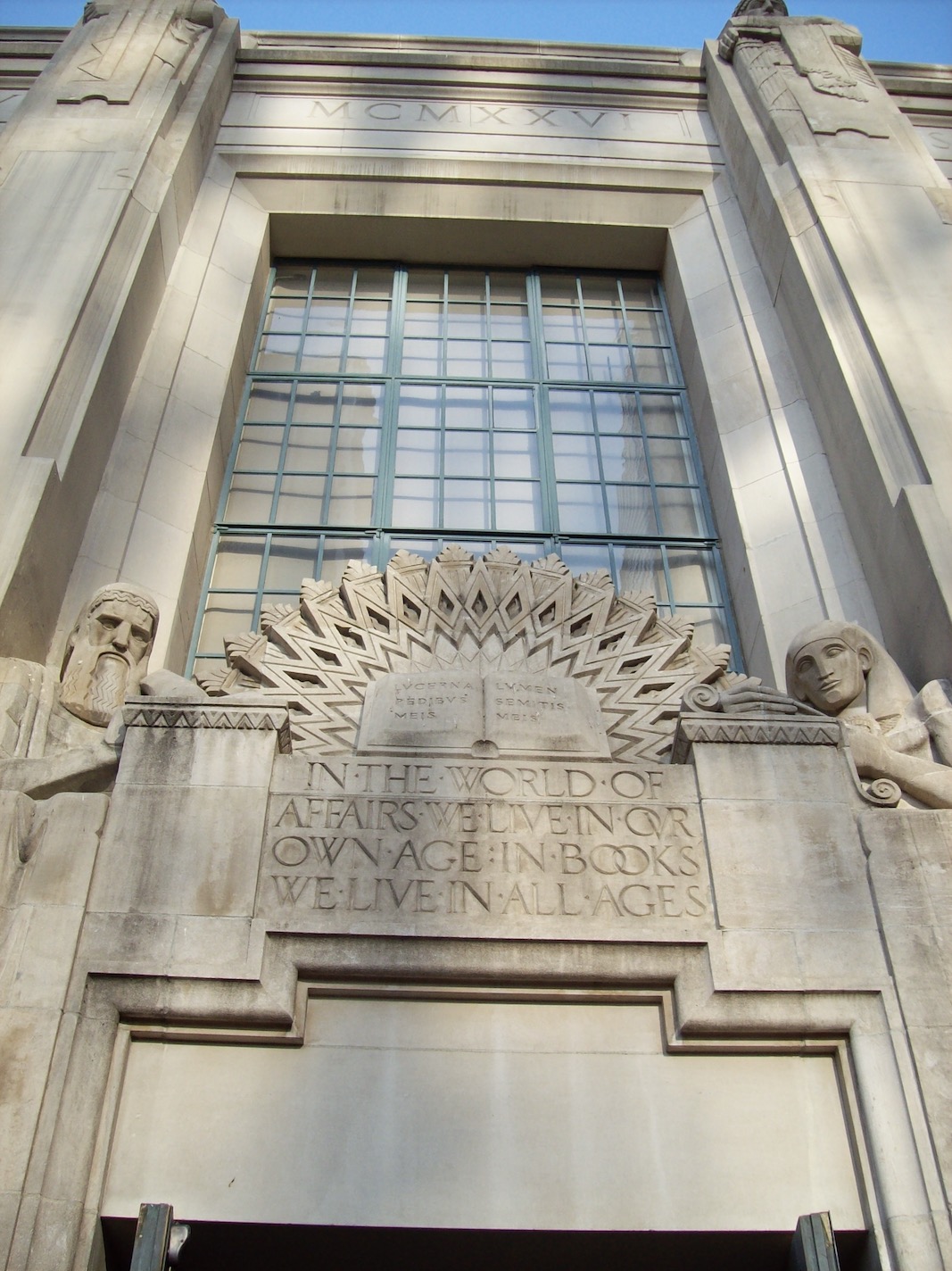
So tell us about yourself.
When my husband Chris and I moved to Los Angeles in 1995, we started visiting libraries on the weekends as a way to learn about the city and visit different neighborhoods. We talked to librarians about their favorite local places to eat, made a note of interesting architecture in the area to research later, marveled at public art, visited longtime businesses, and perused the local grocery stores. The more libraries we visited, the more similarities and differences we began to notice. Growing up, the books I checked out from libraries took me to new and different worlds. As I got older, the libraries themselves also had that quality for me. After many years of working in bookstores and photo archives, I went back to school at 40 to get my Bachelor’s degree (History) and Master’s Degree in Library and Information Science. Currently I’m an administrative clerk at the Los Angeles Public Library. Several times a week, I get to help people who just moved to Los Angeles sign up for a library card. We often have conversations about nearby places they’ve enjoyed or want to visit. It reminds me of when Chris and I were new to town and visiting libraries to learn about Los Angeles.
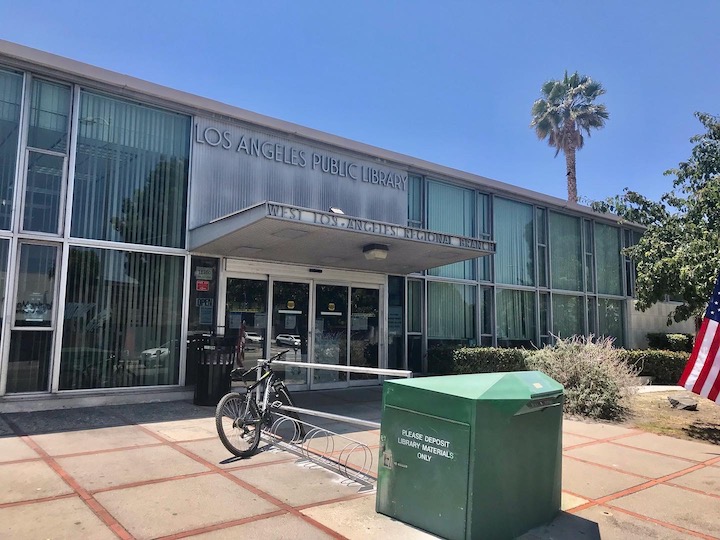
How would you describe your blog and your social media accounts to people who haven’t visited them?
We began our blog, The Los Angeles Library Tour, in 2010 to document various interesting things about the libraries we were visiting. What did they have on their shelves? Who was the architect? What local history materials are available? What programs do they have? Chris and I are still visiting libraries all over Southern California, but I’ve pretty much taken over the (infrequent) blog posts and social media. More often than not the blog posts and Twitter posts are now focused on historical library workers or former library locations. I'm currently most active on Instagram, where I post recent library visits.
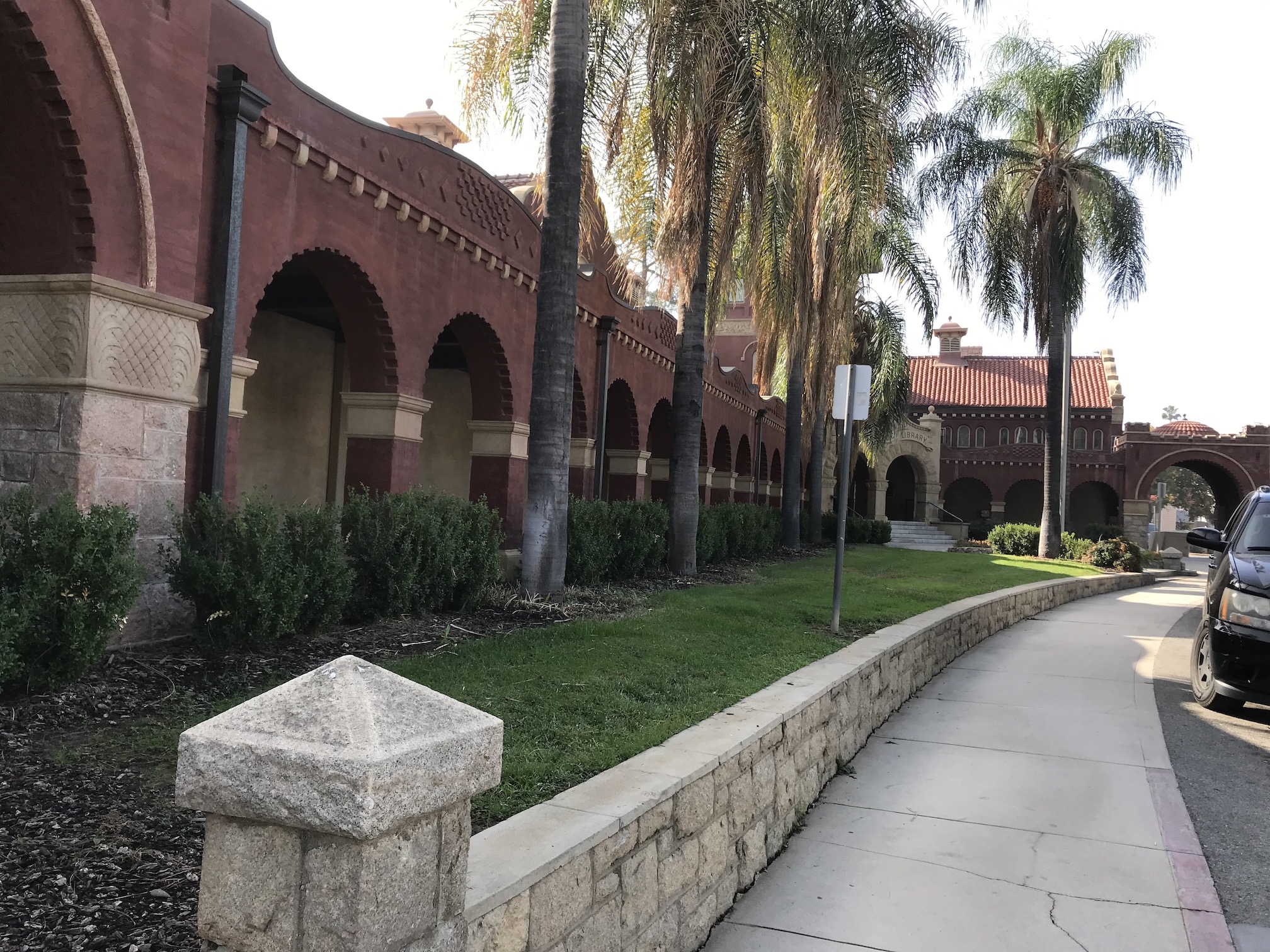
What sparked your interest in library history and made you want to blog about your visits to libraries throughout Los Angeles?
I’ve always loved local history and reading biographies or histories of organizations and businesses. It sounds strange to say, but I also really enjoy reading the obituaries in local newspapers. There are lots of interesting people out there! In 2006 I read Marilyn Johnson’s book The Dead Beat: Lost Souls, Lucky Stiffs, and the Perverse Pleasures of Obituaries, which I thoroughly enjoyed. During her research for that book, Johnson said she read so many interesting obituaries about librarians that she made libraries and librarians the topic of her follow-up book! I feel the same way–I’ve “met” lots of fascinating library workers while researching Southern California history. Over the years, we would visit a library with interesting library history displays, and curiosity would get the better of me. Down the rabbit hole I went, searching for the history of specific libraries or library systems. Sometimes a library would be named after a beloved librarian, and I always wondered who they were and why they were influential to the community. There are more than 40 different public library systems in Southern California, and it's a pretty safe bet that each one of them has an interesting story in its history.
What would you say is the most unexpected fact that you’ve uncovered about L.A. libraries so far?
I’ve been thinking lately about the role Southern California’s climate has played in libraries. We know libraries are used as cooling centers today, but once upon a time, there was an aesthetic quality to library landscapes. For example, the Los Angeles Public Library’s Central Library, Felipe de Neve Branch, Frances Howard Goldwyn Hollywood Regional Branch, and the 1915 Alhambra Library all have, or had, reflecting pools. The Los Angeles Public Library, when it was located on the top floor of the Homer Laughlin building (aka Grand Central Market building) had an outdoor reading room, as did their (Carnegie-funded) Cahuenga Branch when it opened. As libraries resumed their in-person services following the pandemic shutdowns, they are again using outdoor spaces for storytimes and programs.
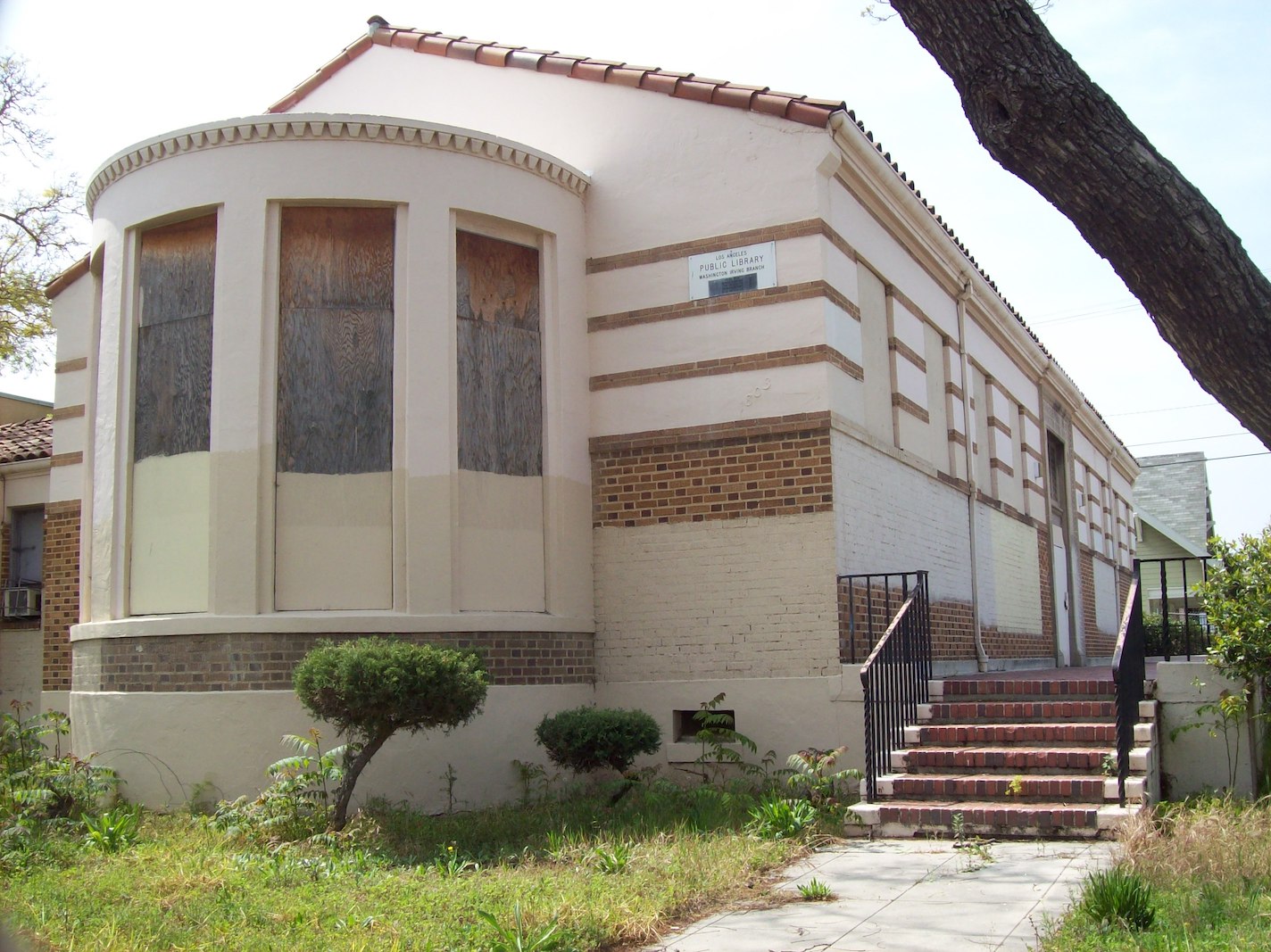
Have you uncovered anything about libraries that altered your overall knowledge of local history?
That’s a tough one! Many libraries in Southern California were women's club projects that started small and proved their worth before being turned over to local government. Prior to researching libraries, I didn’t think about the complexities of starting a library or petitioning a library system to open a branch in your community. Another (pleasant) surprise is those library histories, more often than not, actually acknowledge people by name. Libraries I’ve visited in other states do a great job of celebrating their retired/former librarians by naming libraries after them, creating exhibits about them, and hanging their portraits–it definitely leads me to engage at the reference desk to learn more. That’s what I hope to do with the Los Angeles Library Tour, showcase libraries and library workers.

So many library buildings have been demolished throughout the years because of things like basic neglect, fire, earthquakes, and other unsafe conditions—Is there a building that was lost that you found particularly heartbreaking?
I would have liked to see a different outcome for the Edward Fickett-designed West Hollywood Library that was torn down in 2011. Historically there are so many demolished local libraries I would have loved to visit– the 1915 Alhambra Library with its Lloyd Wright-designed landscaping or the 1906 San Pedro Carnegie Library with its lighted dome.
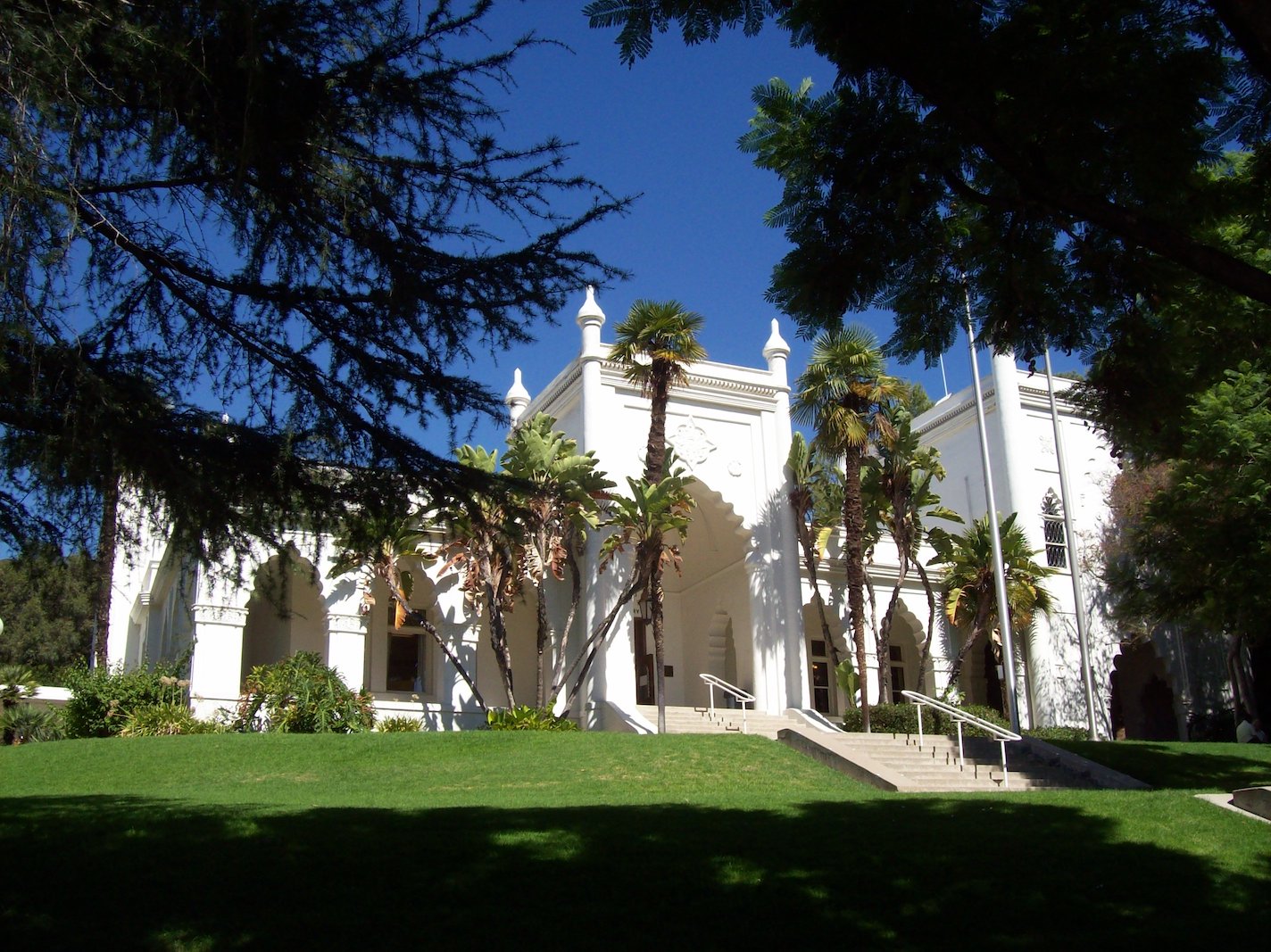
And on the flip side of that question, you have pointed out several library buildings that have been repurposed. Is there an instance of adaptive reuse that you found especially clever, interesting, or unusual?
I love the fact that many former library buildings are still serving their community. The Los Angeles Public Library has several, including the former Durant Branch, which houses a women’s shelter, and the former Ascot Branch, which is now an office of the Legal Aid Foundation of Los Angeles. I’m especially glad they were able to turn the former Canoga Park Branch, with its zig-zag roof, into an early learning center. Hopefully, it leads kids to appreciate mid-century architecture.
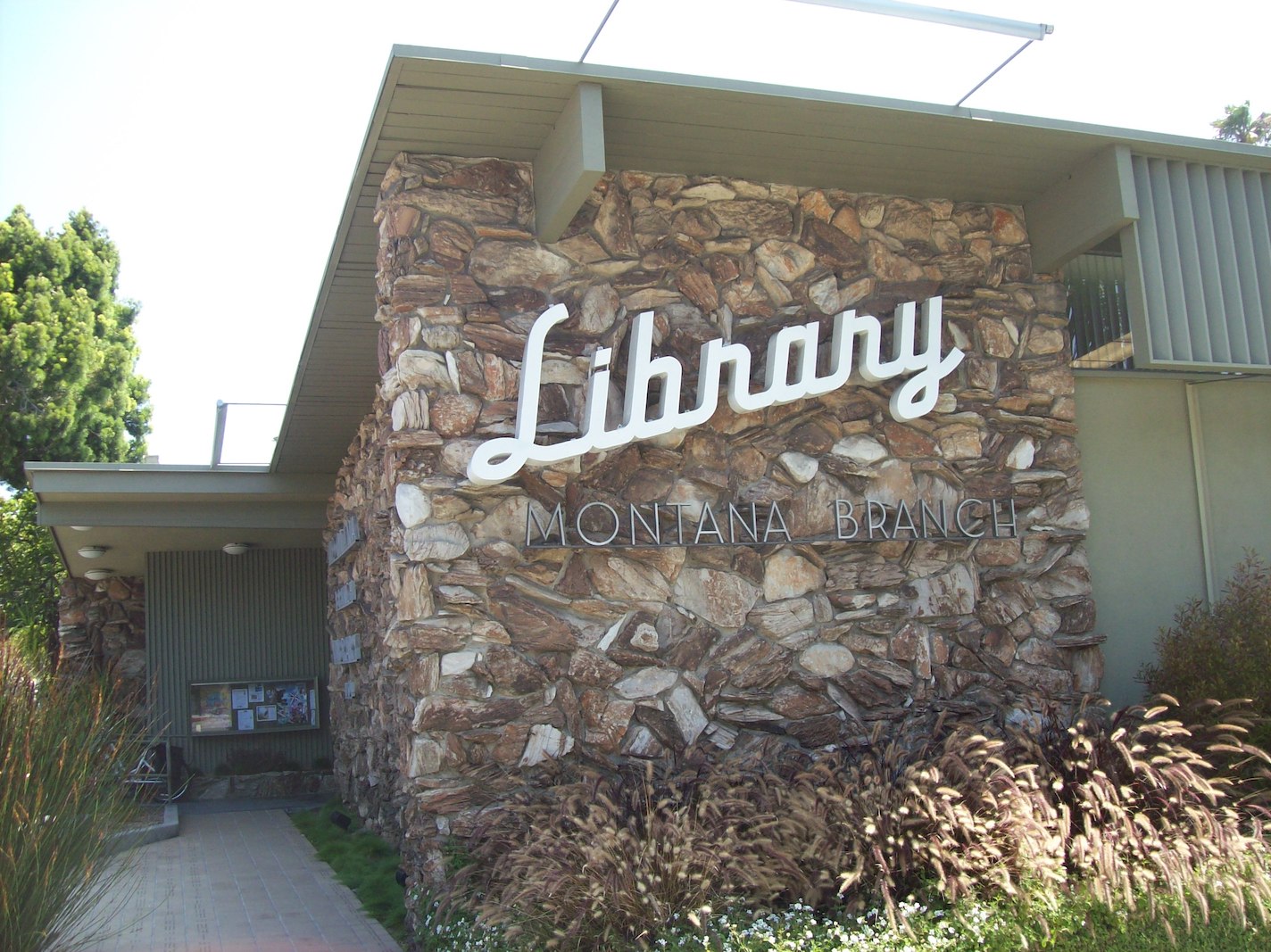
Have you discovered a figure from library history that you found particularly admirable or one that you feel needs to be more widely known?
My “library workers to research” list is long! I’ve written about Eleanor Brodie Jones (a community-oriented librarian in early 20th century Hollywood who instigated the Studio Club) and Monica Shannon (a Los Angeles Public Library Training School graduate who was in charge of the successful publicity campaigns for 1921, 1923, and 1925 bond issues that helped fund Central Library and many branches. She later became a Newbery award-winning children’s book author). I’m intrigued by the library workers you don’t hear about often, people like John Perkins (the Inglewood library director who melded a public and a research library), James Cobb (he designed and built specialty furniture for the Los Angeles County Public Library branches and became the head of the library’s Property and Transportation Division), and Sarah Jacobus (powerhouse library director at Pomona Library from 1906-1946).
How do you choose which library to visit?
Sometimes it's as simple as visiting one we haven't visited yet or focusing on an area (for example, visiting several Torrance libraries in a day). We’ve even used "point to a spot on the map" or "pick a page in the Thomas Guide" as a method for choosing! If a library has art, unique architecture, or a special collection, we definitely make it a destination.
What type of resources do you consult to uncover library history?
The library is always the first stop. I’ve come across several that have scrapbooks that they’ll pull out if you ask. Other sources include photographs, oral histories, newspapers, annual reports, trade publications…But if anyone knows of any librarian or library worker diaries, I’m all ears!
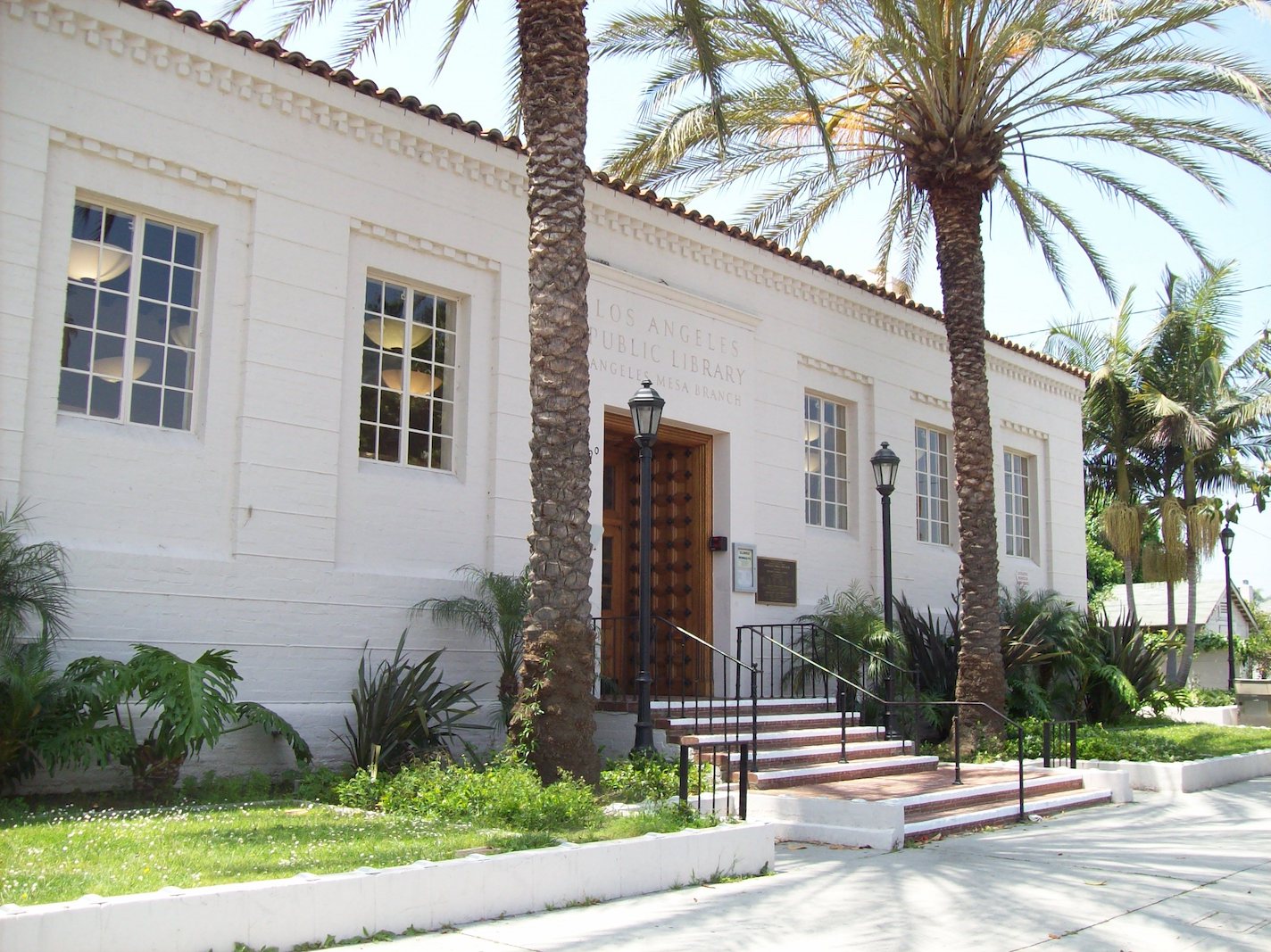
Do you think local libraries have done a good job of presenting their history to the public? If not, how do you think this can be improved?
I've noticed libraries posting more of their history on social media, which is great to see. And library anniversaries and milestones are being celebrated. I think it’s important for libraries to remind their communities that not only are they there, but in many cases, they’ve been there for a long time. I really like it when they celebrate the community and its history alongside the history of the library.
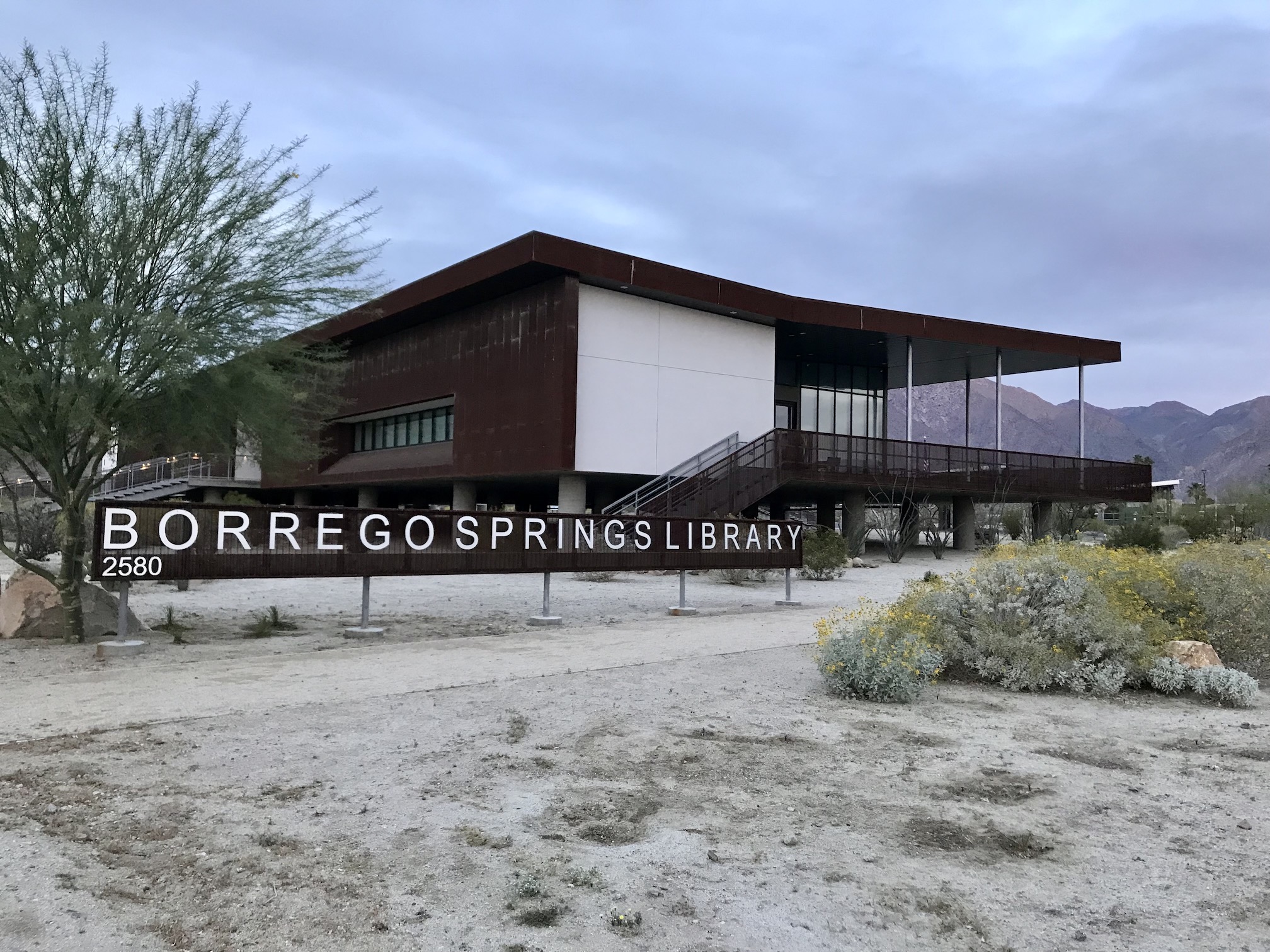
What is your favorite place to visit in Los Angeles?
I'd have to say Central Library ranks right up there. It's pretty easy for me to spend the day there and leave with way more books than I anticipated getting. It is a serendipitous browsing goldmine!
Finally, I would be remiss if I didn’t ask you what your favorite Los Angeles-centric book is—both Fiction and Nonfiction.
I don't read much fiction, but when I do, I tend to gravitate towards older Los Angeles-centric fiction (e.g., The Loved One, The Big Sleep). I take my Los Angeles-centric fiction in doses of Adam-12 and Dragnet; checking out the scenery and locations is a big plus! There are so many non-fiction books I enjoy. One book I always go back to is City Center to Regional Mall: Architecture, the Automobile, and Retailing in Los Angeles, 1920-1950 by Richard Longstreth. Not only does he cover retail’s move from downtown to the suburbs, but the photos are amazing! I learn something new with each reading, and it usually sends me down a rabbit hole researching some factoid. Thankfully my library cards grant me access to lots of local newspapers and databases!
For more information about the Los Angeles Public Library’s sesquicentennial (that’s 150!), check out lapl.org/150.
